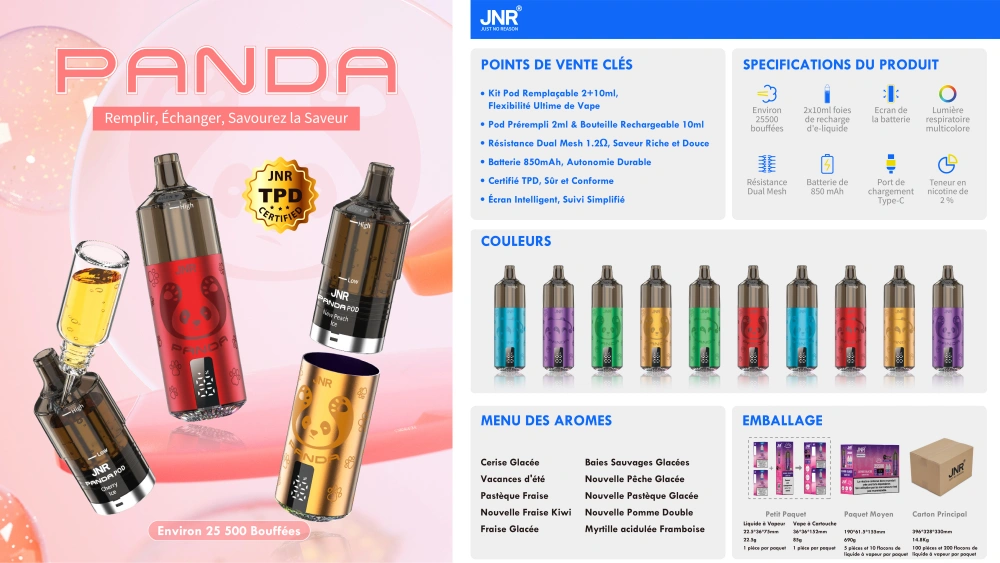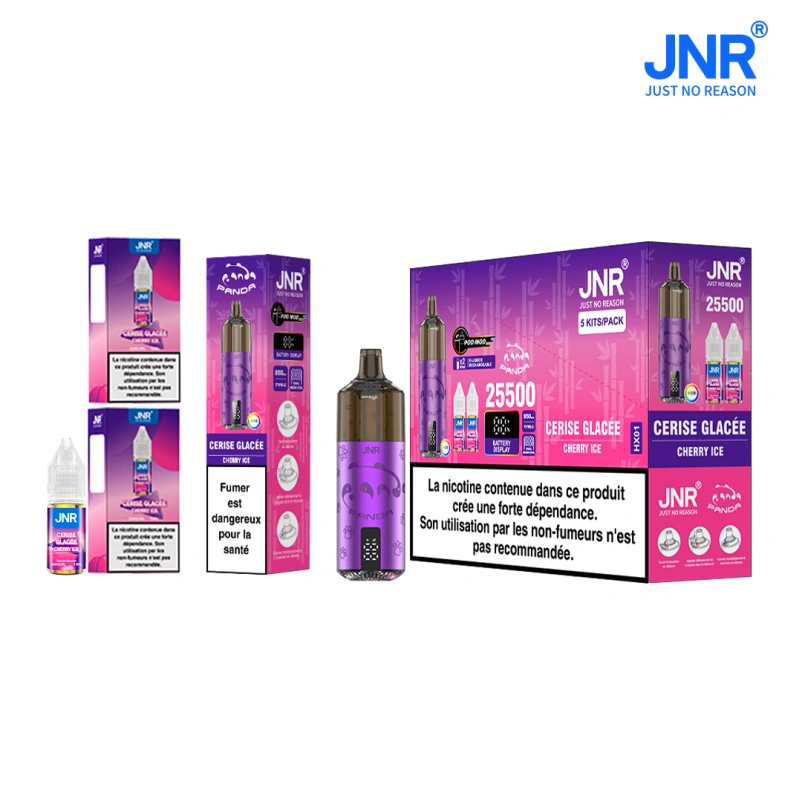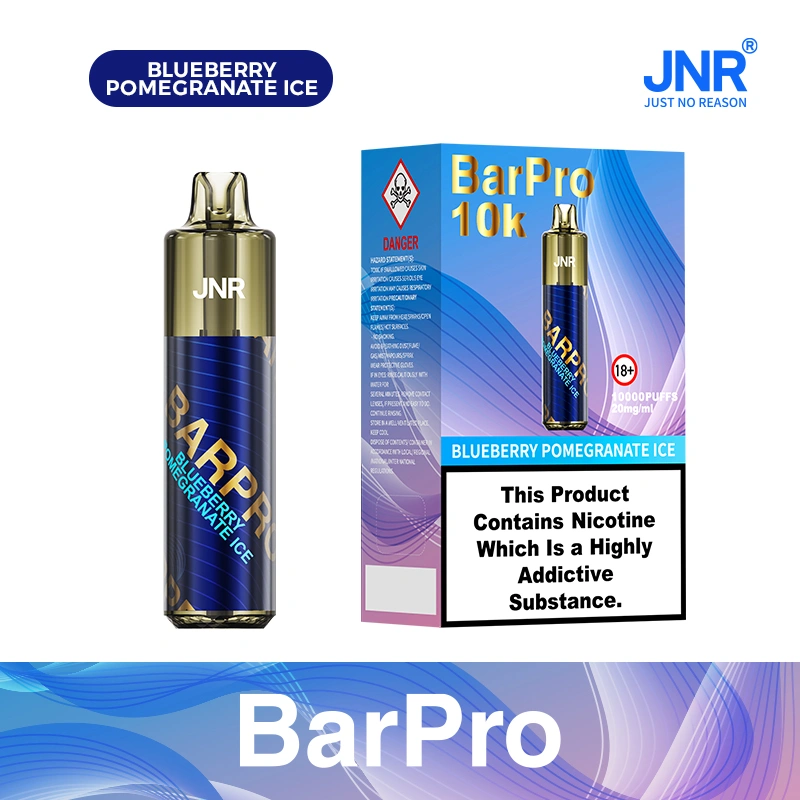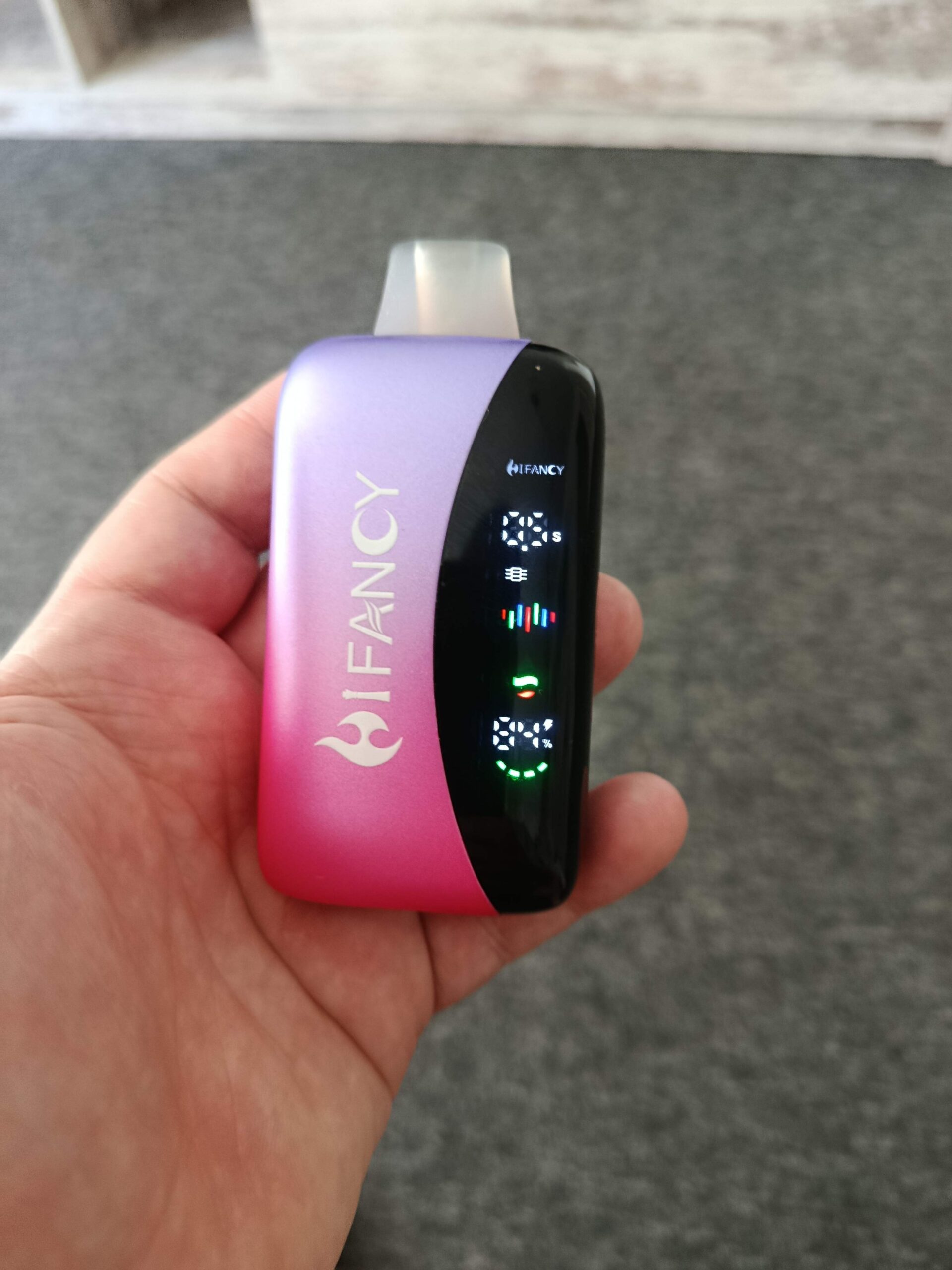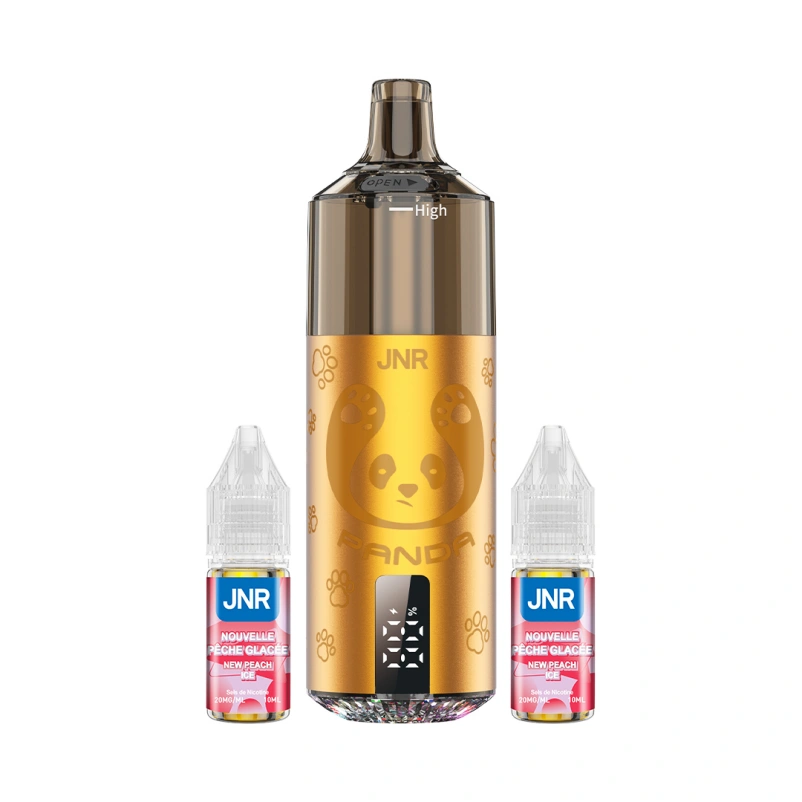Η λειτουργία ανατροφοδότησης δόνησης των ηλεκτρονικών τσιγάρων

Understanding Haptic Feedback in Vape Devices: Enhancing User Experience Through Vibration Technology
Haptic feedback, commonly known as vibration technology, has become a defining feature in modern vape devices, transforming them from simple smoking alternatives into interactive tools with enhanced functionality. This technology leverages tactile sensations to communicate device status, improve safety, and create a more engaging user experience. Below, we explore the core applications, technical implementations, and user-centric benefits of haptic feedback in vape devices.
Core Applications of Haptic Feedback in Vaping
Usage Confirmation and Interaction Feedback
Vape devices integrate vibration motors to provide immediate tactile confirmation of user actions. For instance, when a user inserts a cartridge or adjusts power settings, a subtle vibration signals successful operation. This feedback is particularly useful in noisy environments where auditory cues might be missed. Some advanced models use varying vibration patterns to distinguish between different actions—a short pulse for power-on and a double pulse for cartridge ejection, for example.
Power and Mode Adjustment Alerts
During power or mode changes, vibrations guide users through the process. When switching between low, medium, and high-power settings, a single vibration might indicate a successful shift to the next level, while a prolonged vibration could signal reaching the maximum or minimum threshold. This intuitive design reduces the need for visual confirmation, allowing users to operate devices discreetly.
Safety and Maintenance Alerts
Haptic feedback plays a critical role in ensuring device safety and longevity by alerting users to potential issues.
Low Battery and Overheating Warnings
When battery levels drop below a critical threshold, devices emit rapid, intermittent vibrations to prompt recharging. Similarly, if the heating element overheats due to prolonged use or blockage, sustained vibrations warn users to pause and inspect the device. These alerts prevent damage to internal components and reduce safety risks.
Cartridge Connection and Compatibility Checks
Some devices use vibrations to verify proper cartridge installation. If a cartridge is not seated correctly or is incompatible, the device vibrates continuously until the issue is resolved. This feature is particularly valuable in models with proprietary cartridge systems, ensuring optimal performance and preventing leaks.
Child Safety and Lock Mechanisms
Haptic feedback enhances child safety features by providing clear tactile cues during lock activation or deactivation.
Multi-Step Locking Protocols
To prevent accidental activation by children, devices often require a sequence of actions—such as pressing two buttons simultaneously for three seconds—to engage the lock. Successful locking is confirmed by a distinct vibration pattern, such as two short pulses followed by a long one. Unlocking follows the same sequence, with a different pattern (e.g., three rapid pulses) indicating success.
Tamper Detection Alerts
If a locked device is tampered with, it may vibrate aggressively to deter further attempts and alert nearby adults. This feature is especially useful in households with curious children, adding an extra layer of protection.
Technical Implementation of Haptic Feedback
Vibration Motor Types and Placement
Most vape devices use compact, low-power vibration motors, such as eccentric rotating mass (ERM) or linear resonant actuators (LRA). ERM motors, which rely on an unbalanced weight to create vibrations, are cost-effective and widely used in consumer electronics. LRA motors, while slightly more expensive, offer precise control over vibration intensity and duration, enabling more nuanced feedback.
The placement of these motors is critical for effective haptic feedback. Typically, motors are positioned near the device’s center of mass to ensure balanced vibrations, or near frequently interacted components (such as buttons or cartridge slots) to enhance perceived intensity.
Integration with Device Firmware
Haptic feedback is managed by the device’s microcontroller, which processes user inputs and triggers appropriate vibrations. Firmware updates can introduce new vibration patterns or refine existing ones without requiring hardware changes. For example, a firmware update might add a unique vibration sequence for firmware version alerts or optimize the timing of power-adjustment feedback.
Power Efficiency Considerations
Since vape devices rely on batteries, minimizing the power consumption of haptic feedback is essential. Manufacturers achieve this by using low-voltage motors and optimizing vibration duration. Short, targeted vibrations (e.g., 50–100 milliseconds) are sufficient for most alerts while consuming minimal energy.
User-Centric Benefits of Haptic Feedback
Enhanced Usability in Dark or Noisy Environments
Haptic feedback provides a reliable alternative to visual or auditory cues, making vape devices easier to use in low-light conditions or loud settings. For example, a user adjusting power settings in a crowded bar can rely on vibrations to confirm changes without needing to look at the device.
Improved Accessibility for Visually Impaired Users
For individuals with visual impairments, haptic feedback offers a tactile means of interacting with vape devices. Vibration patterns can convey information that would otherwise require screen reading or auditory feedback, making the devices more inclusive.
Personalization and Customization
Some advanced vape devices allow users to customize vibration patterns through companion apps. Users can assign specific vibrations to different alerts (e.g., a gentle pulse for low battery and a sharp tap for overheating) or adjust intensity levels to suit their preferences. This level of personalization enhances user satisfaction and loyalty.
Reduced Cognitive Load
By providing immediate, unambiguous feedback, haptic technology reduces the need for users to monitor the device constantly. For instance, a vibration confirming cartridge installation allows users to focus on other tasks without worrying about whether the cartridge is secure.
Haptic feedback has revolutionized the vaping experience by combining functionality with user-centric design. From safety alerts to customizable interactions, vibration technology addresses practical needs while adding a layer of sophistication to device operation. As the industry continues to innovate, haptic feedback will likely play an even greater role in shaping the future of vape devices.

